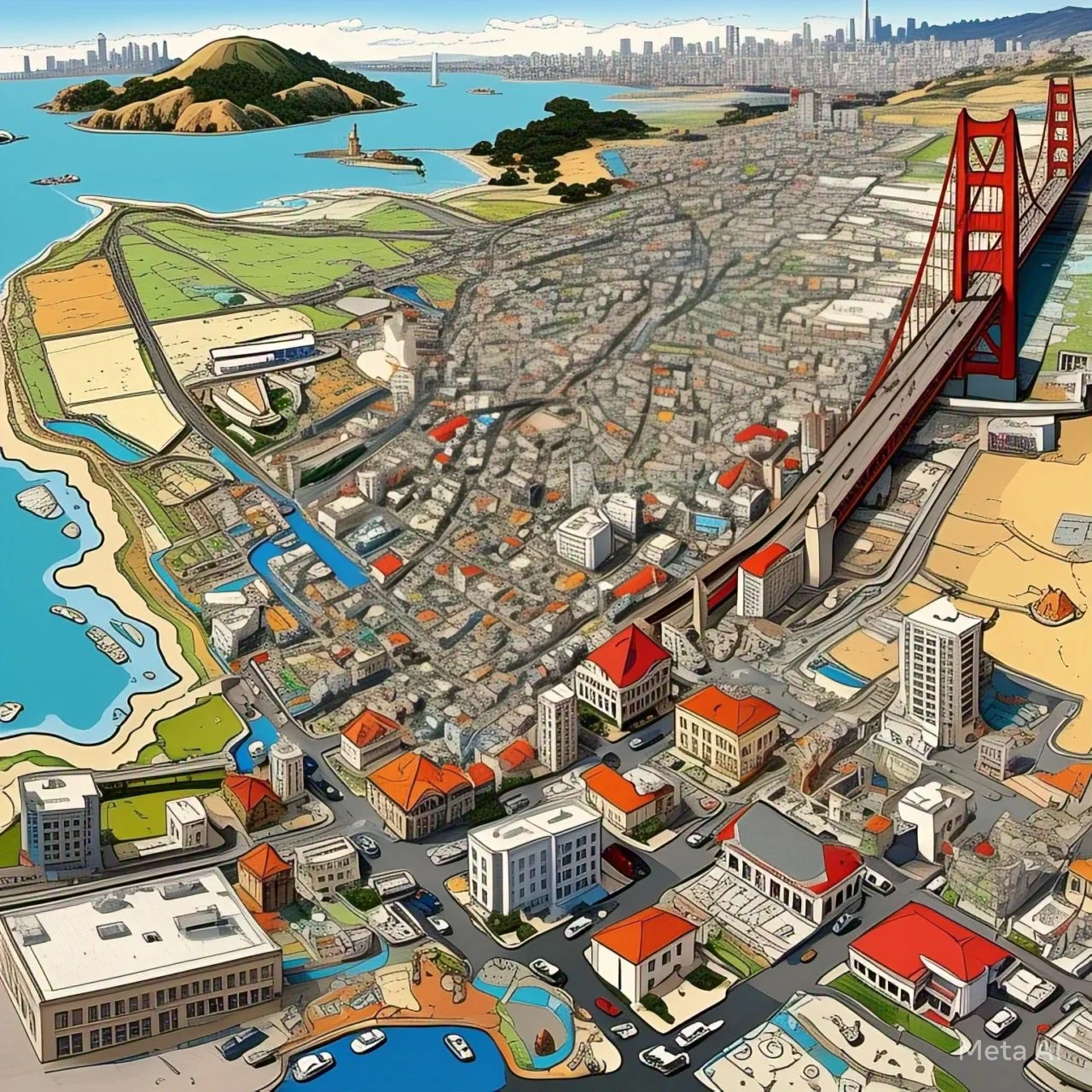How Climate Change is Reshaping Real Estate (And What It Means for San Francisco)
Climate change isn’t just an environmental issue anymore—it’s a real estate issue, with an estimated $1.5 trillion in property value at risk across the U.S., according to a recent report from Inman. Rising sea levels, intensifying storms, wildfires, and extreme weather events are reshaping not just landscapes, but the housing market itself. So, what does that mean for us here in San Francisco?
The National Landscape: Climate Change by the Numbers
Nationwide, natural disasters are becoming more frequent and severe:
Hurricanes are stronger and lasting longer due to warmer ocean temperatures.
Wildfires have doubled in size and frequency in the Western U.S. over the past two decades.
Flooding is now the most common natural disaster, with coastal and inland areas both seeing increased risk.
Tornadoes are shifting eastward, with unusual patterns emerging in places that rarely experienced them before.
These changes aren’t just scary headlines—they’re affecting insurance premiums, property values, and where people choose to live.
But What About San Francisco?
When we think about natural disasters in The City, earthquakes are the first thing that comes to mind. Interestingly, according to NASA, there’s no direct link between climate change and earthquake activity. So, no need to worry about rising temperatures triggering the Big One.
However, climate change is subtly reshaping our local environment:
Landslides: More intense rainfall, fueled by atmospheric rivers, increases the risk of landslides, particularly in hilly neighborhoods.
Tornadoes: While rare, we’ve seen unusual tornado activity in Northern California recently. Climate shifts may be creating the right conditions for these outliers.
Sea-Level Rise: Our beloved waterfront neighborhoods face long-term risks from rising tides, especially during king tide events and storm surges.
And even when it comes to earthquakes, not all areas in San Francisco are created equal. Neighborhoods built on bedrock, like Pacific Heights and parts of Noe Valley, are generally more stable compared to areas with reclaimed land, like the Marina District or parts of SoMa, which can be more vulnerable to soil liquefaction during a major quake.
No Place is Immune
The bottom line? There isn’t a single place on Earth untouched by climate change. But that doesn’t mean doom and gloom for San Francisco real estate. It means we need to be smarter, more resilient, and proactive in our planning.
As your local real estate expert, I stay on top of these trends to help you make informed decisions—whether you’re buying, selling, or simply curious about how climate shifts might impact your neighborhood. Because here in The City, knowledge isn’t just power; it’s peace of mind.

